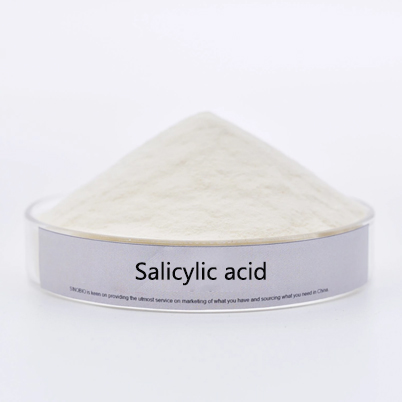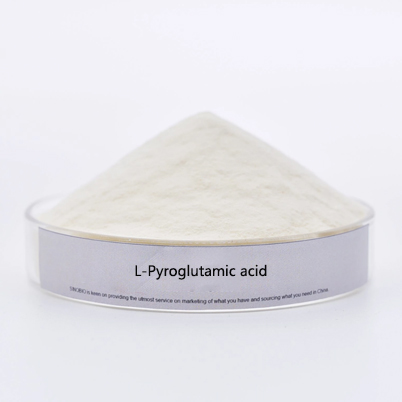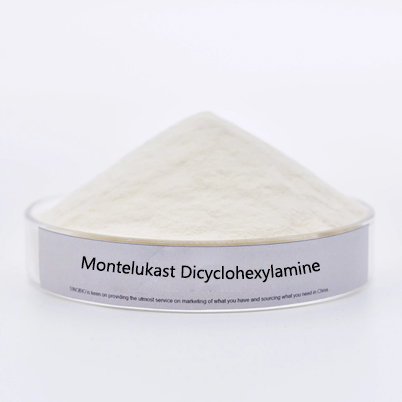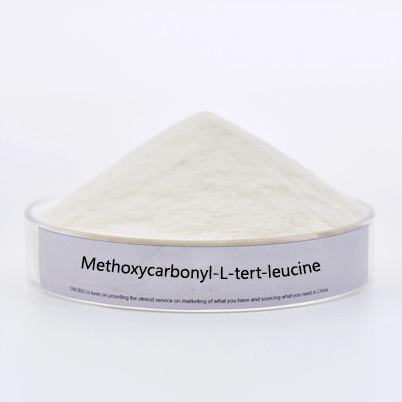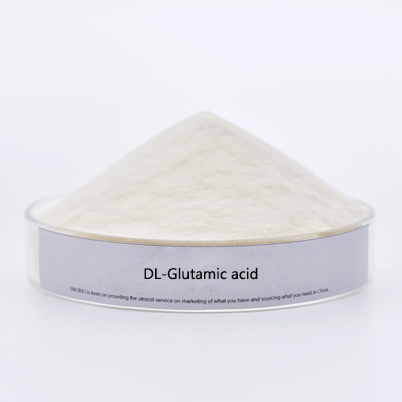- E-mail : info_medicalmarketing@jindunmedical.com
- Phone : +86 21 64057580
- Address : Shanghai China
A case of silent chest induced by anesthesia with Cisatracurium besylate
Atracurium cisbenesulfonate is a synthetic non depolarizing muscle relaxant in the form of benzene sulfonate of atracurium. Its action is similar to that of tubocurarine, with an onset time of 1 minute and a duration of 15 minutes. The therapeutic dose did not affect the function of heart, liver and kidney. No accumulation. High dose can promote histamine release. Used for muscle relaxation or breath control required by surgery. Compared with the current major clinical muscle relaxant anesthetics, atracurium cisbenesulfonate has the characteristics of metabolism through non liver and non kidney pathways and cardiovascular stability. The muscle relaxant effect is 3 times stronger than atracurium, and there is no cardiovascular side effects. Aztrecurium cisbenesulfonate is mainly applicable to general anesthesia, and can be widely used in tracheal intubation, liver and kidney dysfunction, cardiovascular surgery, elderly and pediatric patients. Compared with atracurium, this product has no adverse effect of dose dependent histamine release. The disadvantage is that patients with liver and kidney dysfunction should use it with caution. Since it was first marketed in the UK in 1996, it has gradually replaced vecuronium bromide and atracurium and become the mainstream of clinical muscle relaxants abroad.
Patient, male, 55 years old, BMI 24.8 kg/m2, ASA class II. He was admitted to the hospital for 1 month with epigastric discomfort, and was clinically diagnosed with right inguinal hernia, and laparoscopic inguinal hernia repair was proposed. The patient found a swelling in the right inguinal region 1 month ago after physical labor. The swelling protruded significantly when standing and walking, and disappeared after lying down. During the course of the disease, there was no fever, no cough or sputum, good diet, sleep, and normal urination and defecation. The patient had coronary artery disease and myocardial ischemia for many years, and had been taking oral compound salvia drops intermittently. Cisatracurium besylate He denied any history of diabetes mellitus or hypertension, any history of infectious diseases such as hepatitis or tuberculosis, no history of smoking or alcohol consumption, and no history of drug or food allergy.
Physical examination: heart rate (HR) 63 beats/min, respiratory rate (RR) 18 breaths/min, blood pressure (BP) 130/86 mmHg, body temperature 36.3 ℃. He had normal development, moderate nutritional status, no yellowing or bleeding spots on the skin, normal peripheral superficial lymph node tissue, no deformity of the thorax, consistent bilateral respiratory dynamics, clear double lung buckle, clear breath sounds on auscultation; heart rhythm was uniform, no murmur was heard on auscultation of the heart valves. The abdomen was flat, there was no peritoneal triad sign, the bowel sounds were normal, and no air-over-water sound was heard.
After admission to the operating room, the patient had an HR of 80 beats/min, BP of 140/70 mmHg, RR of 18 beats/min, oxygen saturation (SpO2) of 98%, and normal noninvasive arterial monitoring. After intravenous infusion for induction of anesthesia giving midazolam 2 mg and propofol 70 mg, the patient's eyelash reflex disappeared, breathing was normal, intravenous benzosulfan cisatracurium 14 mg was injected for >30 s. After administration of the drug, the patient suddenly became agitated, ventilation was difficult, hand-controlled respiratory ventilation resistance was high, no respiratory sounds were heard in both lungs, followed by a gradual increase in the patient's HR, BP 200/110 mmHg. At this time, the patient's SpO2 was 40% and HR was progressively slowed down to 40 breaths/minute, atropine 0.5 mg was given intravenously immediately, HR was slowed down to 30 breaths/minute, BP and SpO2 were not monitored, epinephrine 0.1 mg was given intravenously at the same time under visualization. The airway pressure was 40 cmH2O after machine controlled breathing, and the partial pressure of end expiratory carbon dioxide (PETCO2) did not show, so hand-controlled breathing was performed, and no breath sounds were heard in both lungs. After 1 min, the patient's VT was 500 ml, RR 14 times/min, airway pressure was 18 cmH2O, BP 145/90 mmHg, SpO2 98%, PETCO2 60 mmHg, and the patient's vital signs were stable after rapid resuscitation treatment. Blood gas analysis: pH 7.40, arterial partial pressure of carbon dioxide (PCO2) 40 mmHg, arterial partial pressure of oxygen (PO2) 380 mmHg, SpO2 98%.
The patient was considered to be in silent chest due to severe bronchospasm caused by histamine release from benzenesulfonylurea, and the tracheal intubation was removed after the patient became conscious and recovered well from spontaneous breathing. After the patient and his family agreed, a drug allergy test was performed and it was determined that the allergen causing the patient's allergy this time was phenylsulfonyl cisatracurium.
Discussion
Cisatracurium besylate is a medium-acting neuromuscular blocking agent, which is widely used in clinical anesthesia because of its rapid onset of action, small accumulation effect, rapid elimination in vivo, and no histamine release. However, when the body is exposed to allergens, inflammatory mediators such as histamine and platelet-activating factor are released, which can trigger allergic reactions. Although increasing the dose of benzenesulfacil cisatracurium can shorten the onset of action, it can cause histamine release, leading to allergic reactions and even directly threatening the life of patients. You Meiling et al. concluded that when the clinical dose of benzenesulfacil cisatracurium was increased to 0.8 mg/kg, the concentration of histamine in blood would rise significantly, and patients could have allergic reactions.
In this case, there were no adverse reactions after administration of midazolam and propofol, and 2 min after administration of Cisatracurium besylate the patient developed agitation, airway spasm, and no breath sounds on auscultation of both lungs, which was clinically judged to be severe bronchospasm caused by Cisatracurium besylate. After the patient's vital signs were stabilized, a drug allergy test was performed to determine that the allergen causing the allergic reaction in this patient was phenylsulfacil cisatracurium.
This case brings clinical experience and lessons learned.
(1) To strengthen preoperative prevention, clinicians should strictly grasp the indications and contraindications of this product, and should understand in detail the patient's previous allergic history. Patients with a history of asthma should use phenylsulfonyl cisatracurium with caution because it may increase the risk of bronchospasm.
(2) Patients with a history of allergy and airway hyperresponsiveness should undergo appropriate allergy-appropriate tests to reduce the incidence of allergic reactions.
(3) Pre-operative prophylactic antihistamine medication may also reduce the degree of allergic reactions in patients.
(4) Reasonable control of the dose of phenylsulfonylcisatracurium and the rate of injection during induction of anesthesia.
In conclusion, although phenylsulfacil cisatracurium does not generally induce histamine release, there have been reports of allergic reactions caused by this drug in China, and the incidence of allergic reactions has increased with the increase of clinical application rate.
-
date
2022-10-09
-
location
Shanghai, China






































